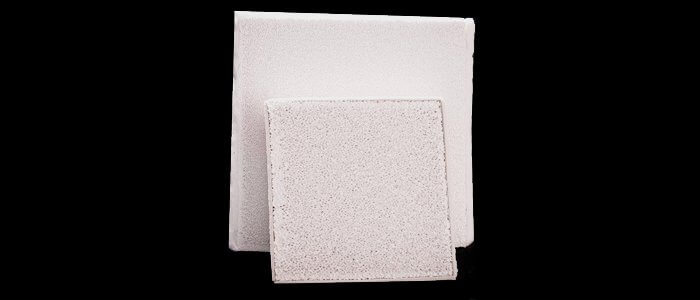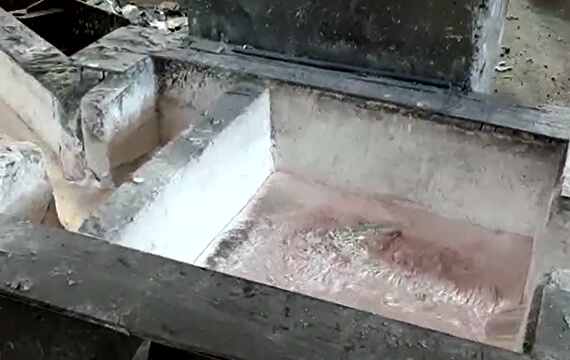Al2O3 ceramic, commonly known as alumina ceramic, is a versatile material with a wide range of applications across industries. The process of making Al2O3 ceramic involves several key steps, from raw material selection to sintering, to produce components with exceptional properties.

Making Al2O3 Ceramic:
Raw Material Selection:
Aluminum oxide (Al2O3) powder is the primary raw material used in alumina ceramic production. The purity and particle size of the powder are crucial for achieving the desired properties in the final ceramic product.
Mixing and Forming:
The Al2O3 powder is mixed with binders and additives to facilitate shaping. Through techniques like pressing or casting, the mixture is formed into the desired shape of the ceramic component.
Sintering:
Sintering is a critical step where the shaped ceramic components are subjected to high temperatures in a kiln. This process helps the ceramic particles bond together, resulting in a dense and solid structure. For alumina ceramic, sintering typically occurs at temperatures exceeding 1500°C.
Alumina Ceramic Characteristics:
Alumina ceramic exhibits exceptional properties such as high mechanical strength, hardness, excellent thermal stability, and chemical resistance. These characteristics make it ideal for electronics, medical devices, aerospace, and more applications.
Role of Alumina Al2O3 Ceramic Foam Filters:
Metal Casting Applications:
Alumina ceramic foam filters play a crucial role in metal casting processes, especially in aluminum and alloy casting. These filters effectively remove solid impurities from molten metal, enhancing the quality of cast components.

Benefits of Foam Filters:
- Improved Casting Quality: Alumina ceramic foam filters promote a smoother and more controlled flow of molten metal, reducing defects like inclusions and porosity in castings.
- Enhanced Product Quality: By effectively removing impurities, foam filters contribute to the production of high-quality aluminum and alloy components.
- Customizable Pore Sizes: Filters are available in various pore sizes, allowing for customization based on specific casting requirements.
Conclusion:
The process of making Al2O3 ceramic involves precise steps to produce components with exceptional properties. The incorporation of alumina ceramic foam filters in metal casting processes further enhances the quality of cast components by removing impurities and promoting a more controlled flow of molten metal. Together, these technologies play a vital role in various industries, ensuring the production of high-quality ceramic components and castings.

